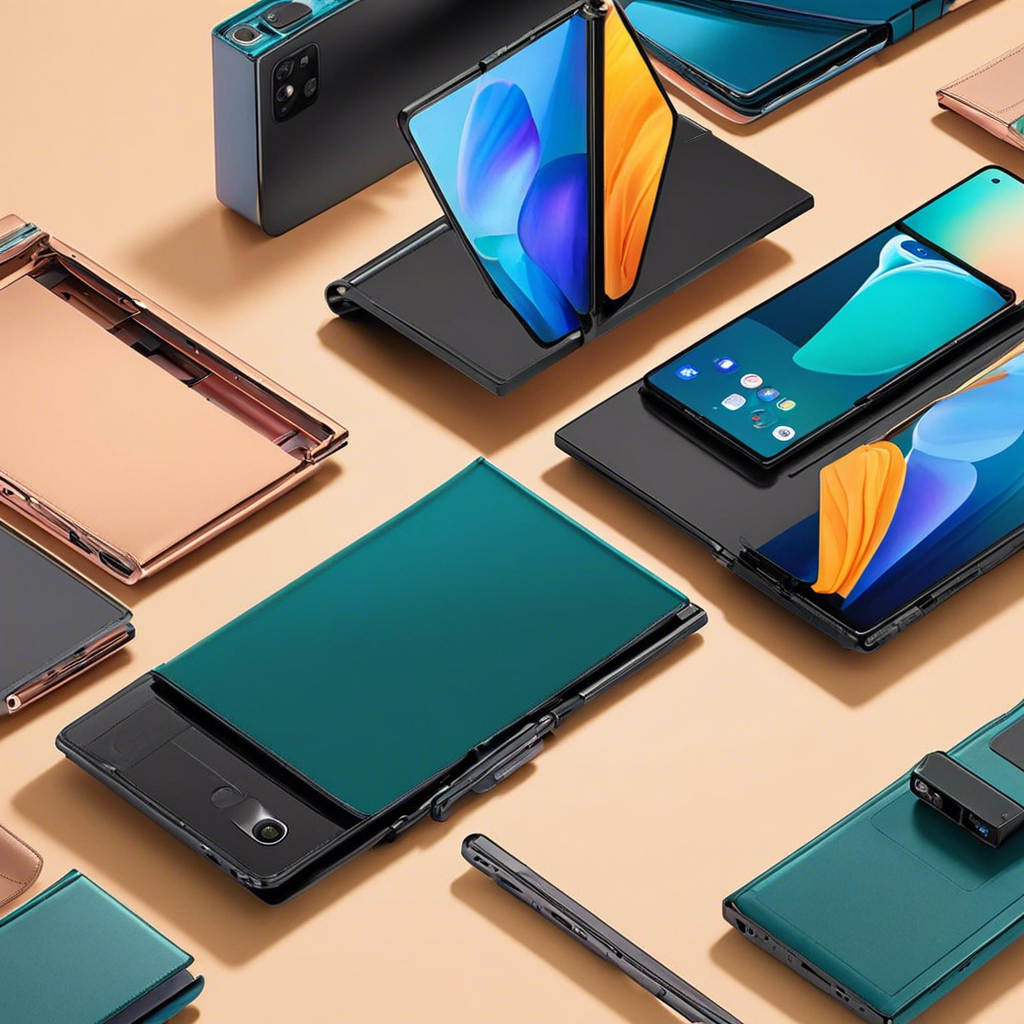The world of technology is buzzing with the latest innovation in smartphone design: foldable phones. These devices promise to offer a unique blend of portability and expanded screen real estate, but are they just a passing fad or a true game-changer? Let’s unpack the hype and see if foldable phones are worth the investment.
Foldable phones first caught the public eye in 2019 when Samsung unveiled the Galaxy Fold, sparking intrigue and curiosity among consumers. Since then, several other tech giants, including Huawei, Xiaomi, and OPPO, have joined the foldable race, each showcasing their unique take on this emerging form factor.
At their core, foldable phones aim to offer the best of both worlds: a compact, pocketable device that can unfold to reveal a larger display, perfect for tasks that benefit from more screen space, like watching videos, playing games, or simply browsing the web. This transformative nature appeals to consumers seeking greater flexibility and functionality from their devices.
However, the road to perfection is often bumpy. Early foldable phones faced criticisms and teething problems, including fragile screens and high price tags. But the technology has come a long way since then, with manufacturers investing heavily in research and development to address these initial concerns.
Today’s foldable phones boast improved durability, with stronger, more flexible screens and refined hinge mechanisms. They also offer enhanced multitasking capabilities, leveraging the larger displays to run multiple apps simultaneously, providing a more PC-like experience in the palm of your hand.
While the advancements in foldable phones are impressive, it’s important to consider if they align with your needs. These devices often carry a premium price tag, so it’s worth evaluating if the benefits justify the cost. For power users who demand the latest technology and crave the versatility of a dual-screen setup, a foldable phone could be a worthwhile investment.
However, for the average consumer, it may be prudent to weigh the pros and cons carefully. The novelty of a foldable screen might wear off, and you may find yourself questioning the added bulk and complexity it brings. After all, traditional smartphones continue to advance, offering larger screens and improved specifications without the compromises of a foldable design.
In conclusion, foldable phones represent a bold step forward in smartphone innovation, providing consumers with an alternative to the conventional candy bar form factor that has dominated the market for over a decade. While they may not be for everyone, foldable phones have the potential to revolutionize how we interact with mobile technology, paving the way for more dynamic and versatile devices in the future. Whether you’re an early adopter eager to embrace the cutting edge or a cautious consumer waiting for the technology to mature, foldable phones are certainly an exciting development worth watching.
